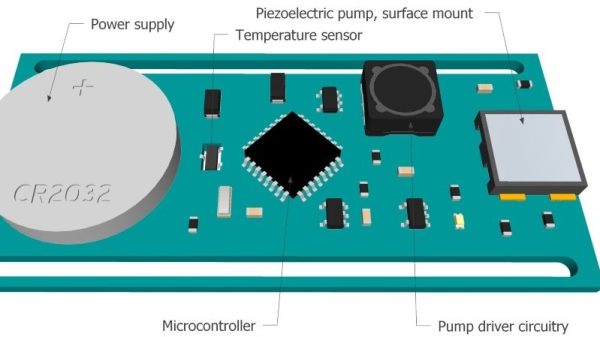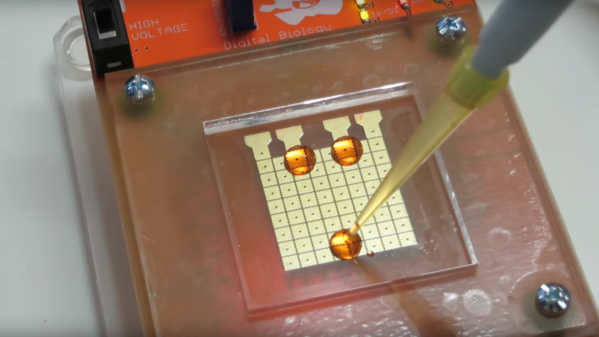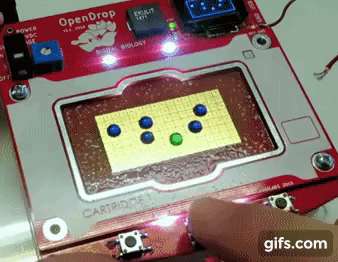Microfluidics is the fine art of moving tiny amounts of liquid around and is increasingly used in fields such as biology and chemistry. By miniaturizing experiments, it’s possible to run many experiments in parallel and have tighter control over experimental conditions. Unfortunately, the hardware to run these microfluidic experiments is expensive.
[Craig]’s 2017 Hackaday Prize entry involves creating a microfluidics control system for use by researchers and students. This device allows for miniaturized experiments to be run. This allows more projects to be run in parallel and far more cheaply, as they don’t use as many resources like reagents.
[Craig]’s rig consists of an ESP32, a 40-channel IO expander, 3 pressure regulators tuned to different pressures, and around 2 dozen solenoid valves mounted to manifolds. Solutions are moved around with a combination of two pumps, with one providing positive pressure and one serving as a vacuum pump.
Far cheaper than professional microfluidics systems, [Craig]’s project aims to assist biohackers and underfunded researchers in their pursuits.





















